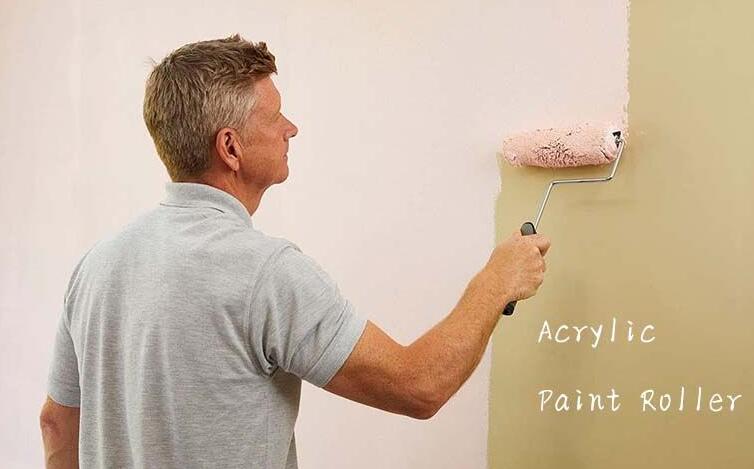How to Choose the Right Roller for Painting
Achieving a flawless paint job goes beyond selecting the perfect color; it involves choosing the right tools for the task. Among the essential tools, paint rollers play a crucial role in ensuring smooth and efficient application. In this article, we will explore the key factors to consider when choosing the right roller for your painting project.
Understanding Roller Types
Before diving into the selection process, it's essential to familiarize yourself with the various types of paint rollers available in the market. Each roller type is designed for specific surfaces and paint formulations. Here are some common roller types:
1. Nap Lengths
Nap length refers to the thickness of the roller cover. Shorter naps (1/4 inch or less) are suitable for smooth surfaces like trim and cabinets, while longer naps (3/8 inch or more) are ideal for textured surfaces like stucco or rough wood.
2. Roller Materials
Roller covers come in different materials, including lamb's wool, synthetic fabrics, and foam. Each material has its advantages and is suitable for specific paint types and surfaces.
3. Pile Types
Pile refers to the surface texture of the roller cover. Smooth, semi-smooth, and rough piles are designed for different surface textures. Choosing the right pile ensures optimal paint coverage and finish.
Selecting the Right Roller for Your Project
1. Consider the Surface Type
Smooth Surfaces: For smooth surfaces like doors, trim, and cabinets, opt for a roller with a shorter nap (1/4 inch or less). This helps achieve a smooth and even finish.
Textured Surfaces: Textured walls, ceilings, or exterior surfaces require a longer nap (3/8 inch or more) to reach into crevices and ensure thorough coverage.
2. Matching Roller Covers to Paint Types
Water-Based Paints: For water-based or latex paints, synthetic rollers made of nylon or polyester are ideal. They resist matting and provide even coverage.
Oil-Based Paints: When working with oil-based paints, natural fiber rollers like lamb's wool or a blend of natural and synthetic fibers work well. They hold more paint and release it evenly.
3. Surface Texture and Pile Types
Smooth Piles: Choose a smooth pile for a smooth finish on surfaces like drywall. It ensures minimal stippling and a uniform appearance.
Semi-Smooth Piles: Semi-smooth piles are versatile and suitable for surfaces with slight texture. They provide good coverage without leaving heavy stippling marks.
Rough Piles: For textured surfaces like stucco or textured plaster, opt for a rough pile roller. It helps get into crevices and ensures comprehensive coverage.
Tips for Optimal Roller Usage
1. Use the Right Size Roller
Select a roller size that corresponds to the size of the surface you are painting. A larger roller covers more area, making it more efficient for larger spaces.
2. Roller Quality Matters
Invest in high-quality rollers to ensure durability and optimal paint application. Quality rollers are less likely to shed fibers and provide a smoother finish.
Conclusion: A Stroke of Precision
In conclusion, choosing the right roller for your painting project is a critical step in achieving professional and satisfying results. Consider the surface type, paint formulation, and roller features to make an informed decision. By selecting the appropriate roller, you can streamline the painting process and achieve a flawless finish.
For inquiries about selecting the right roller for your project or to find a reliable supplier, please do not hesitate to contact us. Our dedicated team is ready to assist you in choosing the tools that best suit your painting needs.
















